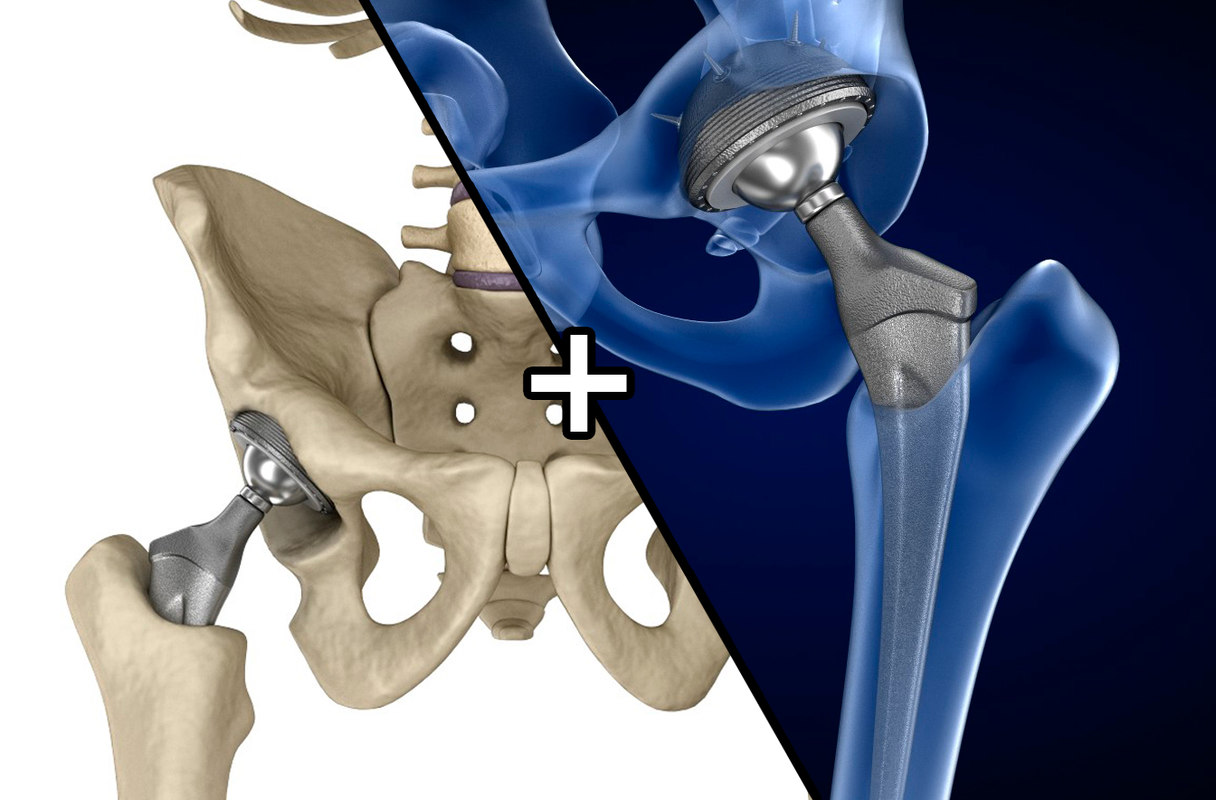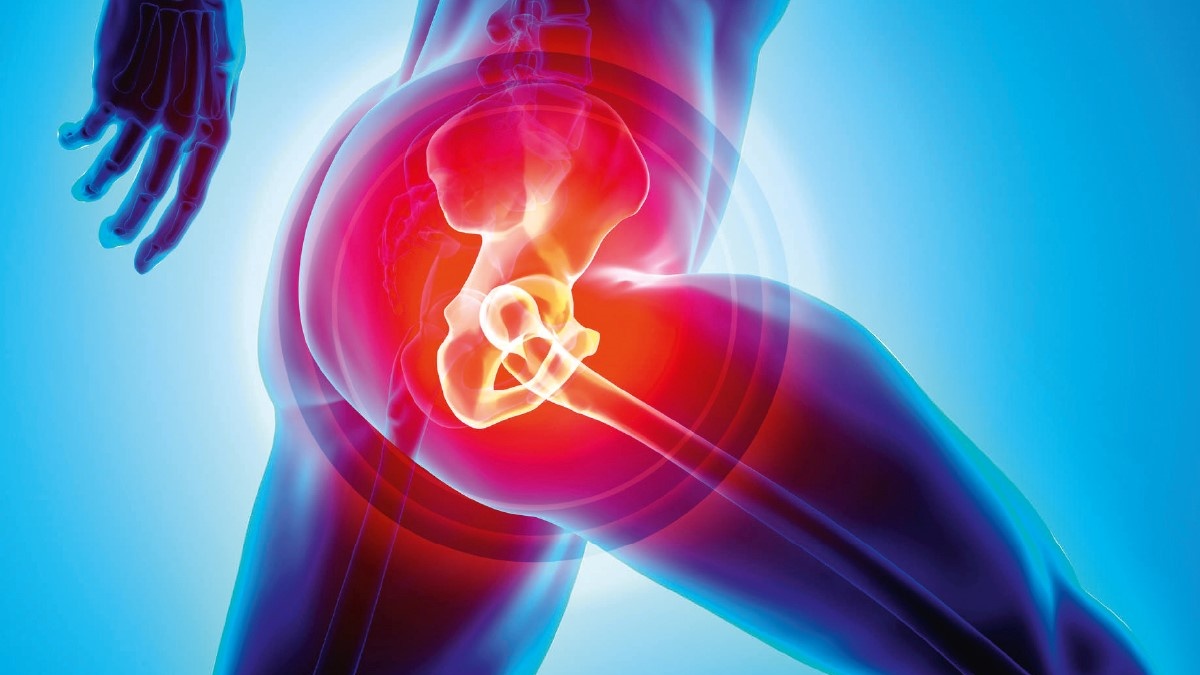It is the replacement of the damaged or diseased hip joint with an artificial joint. Total hip replacement surgery is performed to reduce hip pain and improve mobility. It is preferred in conditions such as osteoarthritis, rheumatoid arthritis, or hip fractures. It is usually performed under general anesthesia. The patient’s age, overall health, and postoperative rehabilitation process affect the success of the surgery. Physical therapy is an important part of the recovery process. Postoperative recovery may take several months.
In Which Cases Is Total Hip Replacement Surgery Performed?

Cartilage tissue on the hip joint may wear down over time, leading to pain, swelling, and limited mobility. Autoimmune diseases such as rheumatoid arthritis can cause joint inflammation and eventual joint damage, which may also affect the hip joint. Hip fractures or other severe traumas can damage the hip joint and may require total hip replacement surgery.
Necrosis of the femoral head, caused by disrupted blood flow, can damage the hip joint. Conditions such as congenital hip dysplasia may cause developmental issues in the hip joint, potentially requiring a prosthesis later in life. These conditions are usually accompanied by severe pain, limited mobility, and a significant decrease in quality of life. Surgical intervention is an option to relieve these symptoms and improve the patient’s quality of life. However, it is essential to consult a doctor before undergoing total hip replacement surgery to create a treatment plan tailored to the individual case.
How Is Total Hip Replacement Surgery Performed?
Before total hip replacement surgery, the patient’s overall health condition is evaluated. Necessary blood tests, X-rays, and MRIs are conducted. The patient is informed about the procedure, risks, and postoperative requirements. General anesthesia or spinal/epidural anesthesia is administered to prevent pain during the operation. The surgeon makes an incision on the side of the thigh to access the hip joint. Muscles and tissues are carefully cut to reach the joint. Damaged or worn parts of the hip joint are removed. The upper part of the femur (femoral head) and the hip socket (acetabulum) are cleaned.
New joint components, usually made of metal and plastic or ceramic materials, are placed appropriately. A metal stem is inserted into the femur and topped with a prosthetic head. A new prosthetic socket is also placed in the hip. The surgeon checks whether the new joint functions smoothly. If necessary, the prosthesis parts are fixed with bone cement. The cut muscles and tissues are then carefully sutured, and the skin is closed with stitches or staples. The incision area is dressed.
After the operation, the patient stays in the hospital for a few days for pain management, infection prevention, and initiation of physical therapy. Physical therapy is crucial to regain mobility and strengthen the joint. The patient must follow the doctor’s instructions, avoid certain movements, and perform prescribed exercises. Total hip replacement surgery is an effective method to reduce pain and improve quality of life. However, like any surgical procedure, it carries risks and possible complications. Therefore, a thorough evaluation with the doctor beforehand is important.
Postoperative Considerations After Total Hip Replacement Surgery

Follow the exercise program recommended by your physical therapist consistently. Use assistive devices such as a cane or walker to gradually increase your weight-bearing capacity. After total hip replacement surgery, avoid bending your leg more than 90 degrees. Use high chairs and toilet seat risers to prevent excessive bending of the hip. When lying on your back, place a pillow between your legs to keep your hip stable.
Put on your shoes and socks by lying down or using special aids. Change dressings as directed by your doctor and be alert for signs of infection, such as redness, swelling, discharge, or fever. Report these symptoms to your doctor immediately. Take pain relievers prescribed by your doctor regularly. Complete the full course of antibiotics to reduce the risk of infection. Take blood-thinning medications at the recommended dose to prevent clot formation.
Do not neglect your regular follow-up appointments at the times specified by your doctor. Undergo the necessary tests to monitor your recovery. Follow a diet rich in protein, vitamins, and minerals. Drink enough water daily to keep your body hydrated. If you are overweight, losing weight will help reduce the pressure on your hip. Avoid smoking and excessive alcohol consumption, as these habits can negatively impact your recovery.
These steps are essential to support the healing process and enhance long-term success after total hip replacement surgery. Always follow your doctor’s advice and consult your physician if you experience any problems.



